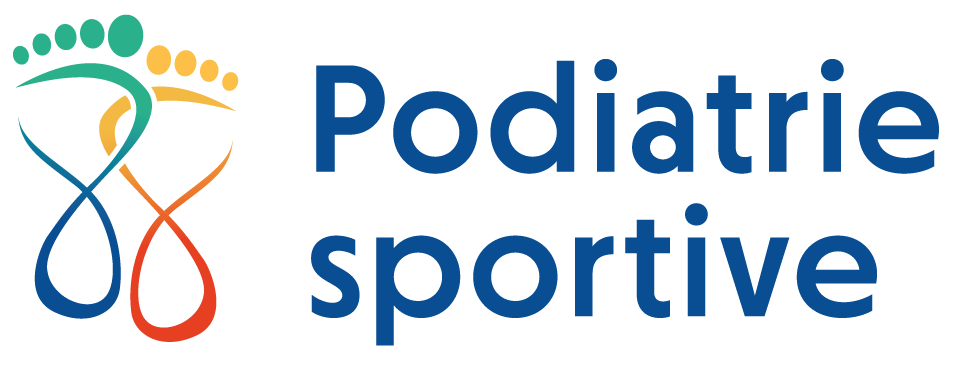How Radial Shockwave Therapy Can Help
Sometimes certain musculoskeletal conditions persist, recur, or no longer respond to the usual treatments your Doctor of Podiatry may prescribe. Examples of such cases are plantar fasciitis, chronic tendinitis and calcified tendons. The body no longer seems to be able to heal itself and it may, therefore, be appropriate to provide mechanical assistance to awaken
its natural repair functions. Radial shockwave therapy, or shockwave treatment, is ideal for this type of situation. This innovative approach has the power to improve long-standing pathological changes that may have been disabling you for an extended period of time.
How does shockwave work?
The principle behind this technique is to send low-energy waves to cause tiny internal lesions that awaken the metabolism’s response to these microaggressions. Blood circulation will be improved, calcium deposits will break down and the body will produce the necessary substances, such as collagen, which are useful for the regeneration and healing of tissues.
~ Please note there is another form of ultrasound therapy, different from radial shock waves. The former uses high frequency sound waves that can induce heat, while the shockwave therapy waves discussed in this article emit at low frequency and have no thermal effect. ~
With less pain, there should be a positive impact on your quality of life and range of motion,allowing you to resume healthy habits that benefit your entire body, such as stretching and working out. In addition, the traditional treatment plan of therapeutic manipulation and exercise will be more effective now that your body is receptive.
How do the treatments work?
First, your podiatrist will perform a comprehensive evaluation to determine if this method is right for you. Although it’s non-invasive, it may prove to be unsuccessful, depending on your type of injury or may be contraindicated because of certain medical conditions. If the therapy is beneficial, you will be prescribed two sessions to start things off. During follow-ups, the number of additional treatments will be adjusted as necessary. Usually, three to five sessions, one per week, are enough to get you back on your feet. This number depends on the depth of the injury and the affected area.
During the consultation, the podiatrist will establish, by palpations, the most painful areas and will subsequently confirm the diagnosis by an ultrasound. It is at this time that the shockwave device, the size of a hair dryer, will be applied and that the waves will be sent, emitting rapid percussion for about fifteen minutes to penetrate the connective tissue.
The advantages of this treatment are to be seriously considered. The pain often diminishes rapidly and there is no need for medication. In most cases, it makes it possible to avoid a surgery that was previously thought to be unavoidable. Furthermore, no undesirable effects, either during or after the treatment, have been reported to date. Several scientific studies have demonstrated the benefits and supported their findings with persuasive statistics. One such study was a controlled clinical trial conducted on forty professional athletes suffering from chronic proximal hamstring tendinopathy. Divided into two groups, the athletes received conventional treatments (physiotherapy, anti-inflammatory drugs, etc.) on the one hand and
radial shockwave treatment on the other. After three months, 85% of the shockwave therapy patients noted a 50% reduction in pain, as opposed to only 10% in the other group.1
If you’ve been suffering for a long time and your pain keeps coming back despite visits to your health care professionals, it’s worth asking your podiatrist if he or she offers this therapy.
_______________________
1https://shockwavecanada.com/wp-content/uploads/Shockwave-Therapy-for-the-Treatment-of-Chronic-Proximal-Hamstring-Tendinopathy-in-Professional-Athletes.pdf
